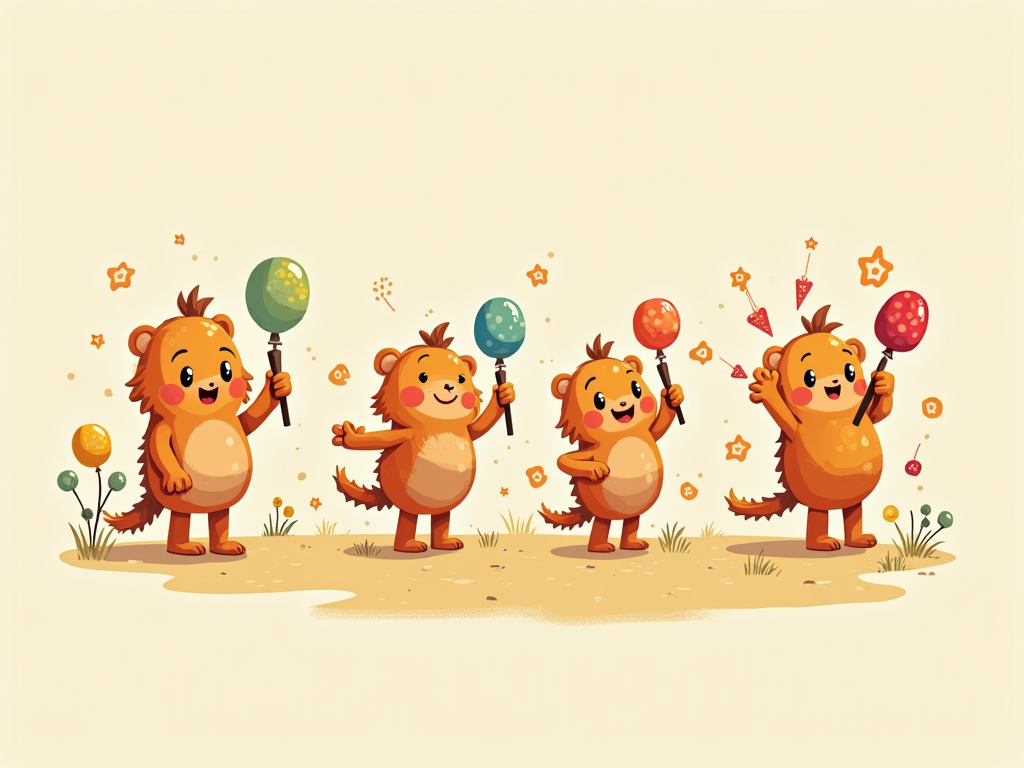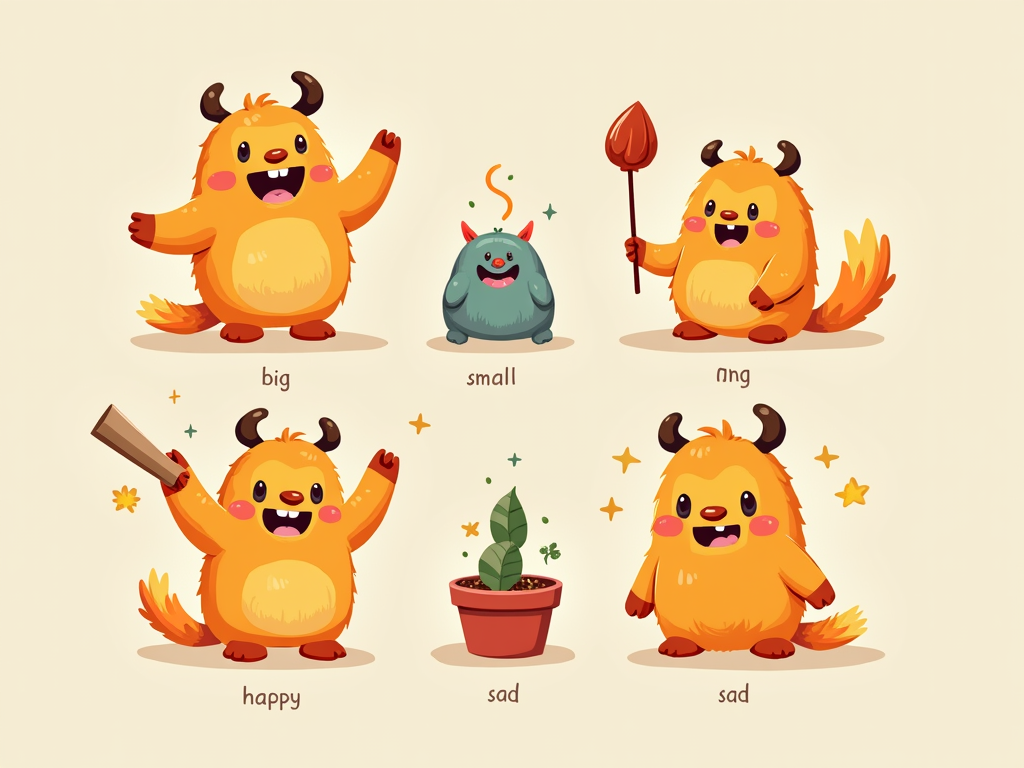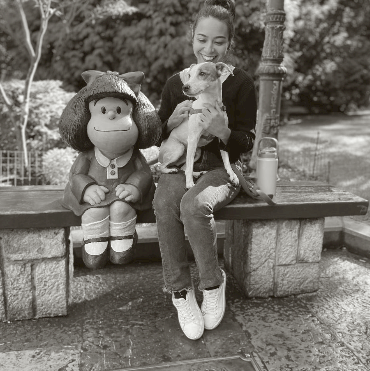Article created on January 29, 2025, article updated on January 31, 2025, by Sandra Sánchez

A Comprehensive Guide to Spanish Adjectives: Mastering Description in the Spanish Language
Spanish adjectives are an essential component of the language, allowing speakers to add depth, color, and precision to their descriptions. Whether you’re a beginner just starting your Spanish journey or an advanced learner looking to refine your skills, understanding how to use adjectives effectively can significantly enhance your ability to communicate in Spanish. This comprehensive guide will walk you through everything you need to know about Spanish adjectives, from basic concepts to advanced usage, helping you become more proficient in your Spanish language skills.
Understanding the Basics of Spanish Adjectives
Before diving into the intricacies of Spanish adjectives, it’s crucial to grasp the fundamental concepts that govern their use. Unlike in English, Spanish adjectives have some unique characteristics that learners must understand to use them correctly.
Gender and Number Agreement
One of the most significant differences between English and Spanish adjectives is that Spanish adjectives must agree in gender and number with the nouns they modify. This means that the form of the adjective changes depending on whether the noun is masculine or feminine, singular or plural.
For example:
- El coche rojo (The red car) – masculine singular
- La casa roja (The red house) – feminine singular
- Los coches rojos (The red cars) – masculine plural
- Las casas rojas (The red houses) – feminine plural
As you can see, the adjective “rojo” (red) changes its ending to match the noun it describes in each case.
Placement of Adjectives
In Spanish, adjectives typically come after the noun they modify, which is different from English where adjectives usually precede the noun. For instance:
English: The beautiful house
Spanish: La casa hermosa
However, there are exceptions to this rule, which we’ll explore later in this guide.
Types of Spanish Adjectives
Spanish adjectives can be categorized into several types, each serving a specific purpose in description. Understanding these categories will help you use adjectives more effectively in your Spanish communication.
Descriptive Adjectives
Descriptive adjectives are the most common type and are used to describe qualities or characteristics of nouns. Examples include:
- Grande (big)
- Pequeño (small)
- Bonito (pretty)
- Inteligente (intelligent)
Possessive Adjectives
Possessive adjectives indicate ownership or possession. In Spanish, these adjectives also agree in gender and number with the noun they modify, not with the possessor. Some examples are:
- Mi (my)
- Tu (your – informal singular)
- Su (his/her/its/your formal)
- Nuestro/a (our)
Demonstrative Adjectives
Demonstrative adjectives point out specific nouns and indicate their position in relation to the speaker. They include:
- Este/esta/estos/estas (this/these)
- Ese/esa/esos/esas (that/those – near)
- Aquel/aquella/aquellos/aquellas (that/those – far)
Indefinite Adjectives
Indefinite adjectives describe nouns in a general or non-specific way. Some common indefinite adjectives in Spanish are:
- Algún/alguna (some)
- Ningún/ninguna (no, not any)
- Cada (each, every)
- Varios/varias (several)
Formation of Spanish Adjectives
Understanding how Spanish adjectives are formed is crucial for using them correctly and expanding your vocabulary.
Regular Adjective Endings
Most Spanish adjectives end in either -o or -a in their singular form. Adjectives ending in -o are typically masculine, while those ending in -a are feminine. To form the plural, you add -s to these endings:
- Alto (tall) → Altos (masculine plural)
- Alta → Altas (feminine plural)
Adjectives Ending in -e or a Consonant
Some adjectives end in -e or a consonant and don’t change for gender. They only change for number by adding -es:
- Interesante (interesting) → Interesantes (plural)
- Joven (young) → Jóvenes (plural)
Irregular Adjectives
Some adjectives have irregular forms that don’t follow the standard rules. For example:
- Buen/bueno/buena (good)
- Gran/grande (big, great)
Advanced Usage of Spanish Adjectives
As you become more proficient in Spanish, you’ll encounter more complex uses of adjectives that can add nuance and sophistication to your language.
Adjectives That Change Meaning Based on Placement
While most Spanish adjectives come after the noun, some can be placed before the noun to emphasize a quality or change the meaning slightly:
- Un gran hombre (a great man) vs. Un hombre grande (a big man)
- Mi viejo amigo (my long-time friend) vs. Mi amigo viejo (my elderly friend)
Comparative and Superlative Forms
Spanish adjectives can be used to make comparisons or express the highest degree of a quality:
- Comparative: Más … que (more … than), Menos … que (less … than)
- Superlative: El/La más … (the most …), El/La menos … (the least …)
For example: “Esta casa es más grande que aquella” (This house is bigger than that one)
Adjectives as Nouns
In Spanish, adjectives can sometimes be used as nouns when preceded by an article:
- El rico (the rich man)
- La joven (the young woman)
Common Mistakes to Avoid with Spanish Adjectives
Even advanced Spanish learners can make mistakes with adjectives. Here are some common pitfalls to watch out for:
Forgetting Agreement
Always remember that adjectives must agree in gender and number with the noun they modify. This is especially important with adjectives that don’t change for gender in their base form, like “interesante.”
Misplacing Adjectives
While some adjectives can go before or after the noun, placing them incorrectly can change the meaning or sound unnatural to native speakers. When in doubt, place the adjective after the noun.
Using the Wrong Form of Bueno/Gran
Remember that “buen” and “gran” are used before masculine singular nouns, while “bueno” and “grande” are used after. For example: “Un buen libro” (a good book) but “El libro es bueno” (The book is good).
Enhancing Your Spanish with Descriptive Language
Mastering Spanish adjectives allows you to create more vivid and precise descriptions. Here are some tips to enhance your use of descriptive language:
Expand Your Vocabulary
Learn synonyms for common adjectives to add variety to your descriptions. For example, instead of always using “bonito” (pretty), you could use “hermoso” (beautiful), “precioso” (lovely), or “encantador” (charming).
Use Idiomatic Expressions
Spanish has many idiomatic expressions that use adjectives in creative ways. Learning these can make your Spanish sound more natural. For example: “Estar como una cabra” (to be crazy, literally “to be like a goat”).
Practice with Descriptions
Regularly practice describing people, places, and things in detail. This will help you become more comfortable using a wide range of adjectives in context.
Conclusion
Spanish adjectives are a powerful tool for enhancing your language skills and expressing yourself more precisely. By understanding the basics of gender and number agreement, learning the different types of adjectives, and practicing their use in various contexts, you can significantly improve your Spanish communication abilities. Remember that mastering adjectives is an ongoing process, and the more you use them, the more natural and fluent your Spanish will become. Keep practicing, expanding your vocabulary, and don’t be afraid to experiment with descriptive language in your conversations and writing.
FAQs about Spanish Adjectives
1. Why do Spanish adjectives change their endings?
Spanish adjectives change their endings to agree in gender and number with the nouns they modify. This is a fundamental feature of the Spanish language that helps maintain clarity and coherence in sentences.
2. Are there any adjectives in Spanish that don’t change for gender?
Yes, adjectives ending in -e or a consonant typically don’t change for gender. Examples include “inteligente” (intelligent) and “común” (common). However, they still change for number by adding -es.
3. How can I remember which adjectives go before the noun in Spanish?
A helpful acronym to remember some common adjectives that often go before nouns is BANGS: Bueno (good), Alto (great), Nuevo (new), Grande (big), and Santo (saint). However, it’s important to note that the placement can affect the meaning, so context is key.
4. What’s the difference between “muy” and “mucho” when describing something?
“Muy” is used to intensify adjectives and adverbs, like “muy bonito” (very pretty). “Mucho” is used with nouns and verbs, as in “mucho dinero” (a lot of money) or “trabaja mucho” (he works a lot).
5. How can I practice using Spanish adjectives effectively?
To practice using Spanish adjectives effectively, try describing your surroundings in detail, writing short stories with vivid descriptions, or engaging in conversation practice where you focus on using a variety of adjectives. Reading Spanish literature and listening to native speakers can also help you learn new adjectives and see how they’re used in context.

